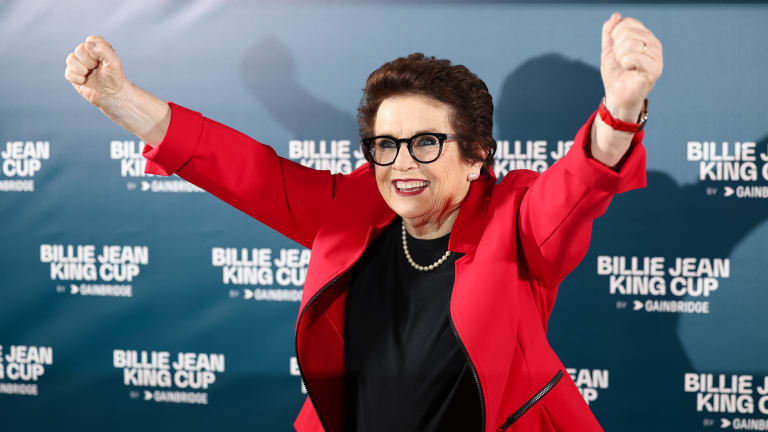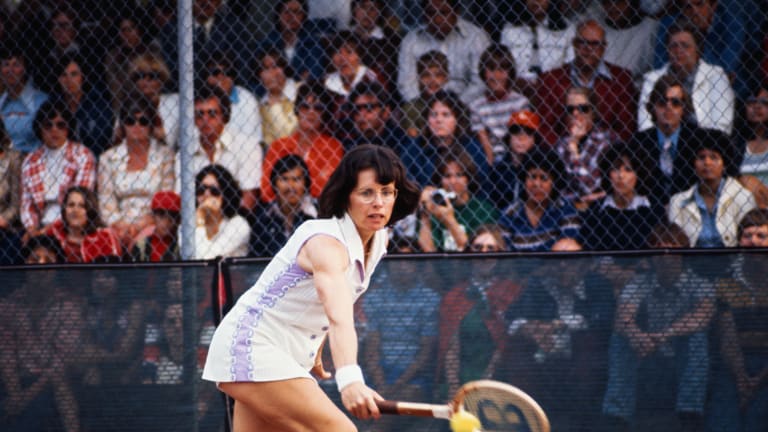Billie Jean King: A look at her achievements inside the lines
By Nov 08, 2023Australian Open
Physically and philanthropically, Tommy Paul hits the ground running at 2026 Australian Open
By Jan 19, 2026Australian Open
Cramps force Félix Auger-Aliassime out of 2026 Australian Open first round
By Jan 19, 2026Australian Open
Marta Kostyuk confirms she tore an ankle ligament in dramatic Australian Open loss
By Jan 19, 2026Australian Open
Five things to watch for on AO Day 2: Gauff goes through the motion, Djokovic drives for 25
By Jan 18, 2026Australian Open
Watch: Zeynep Sonmez aids ill ball girl during milestone Australian Open victory
By Jan 18, 2026Australian Open
"Nobody cares": Anastasia Potapova shrugs off copying Daria Kasatkina's nationality switch statement
By Jan 18, 2026Australian Open
"NCAAs definitely prepared me": Michael Zheng ousts Korda in AO five-setter for first major win
By Jan 18, 2026Quote of the Day
Venus Williams relishes “relearning” the game despite Australian Open loss
By Jan 18, 2026Stat of the Day
Carlos Alcaraz is now 20-0 in first-round matches at Grand Slams after opening win at Australian Open
By Jan 18, 2026Billie Jean King: A look at her achievements inside the lines
This special feature is presented by Gainbridge.
Published Nov 08, 2023
Advertising
Advertising

Everywhere she goes, King embraces the spirit of inquiry. In conversation, she will span the globe, from tales of interactions with world leaders to queries about how an iconic instructor taught the forehand.
© Getty Images for ITF
Advertising

“She could really direct it to the corners,” said Julie Heldman of BJK's serve. “It propelled her forward.”
© Bettmann Archive
Advertising

“She saw the court, she saw the ball, and she understood tendencies,” said her longstanding mixed doubles partner, Owen Davidson. “Her footwork and technique were fantastic.”
© Bettmann Archive